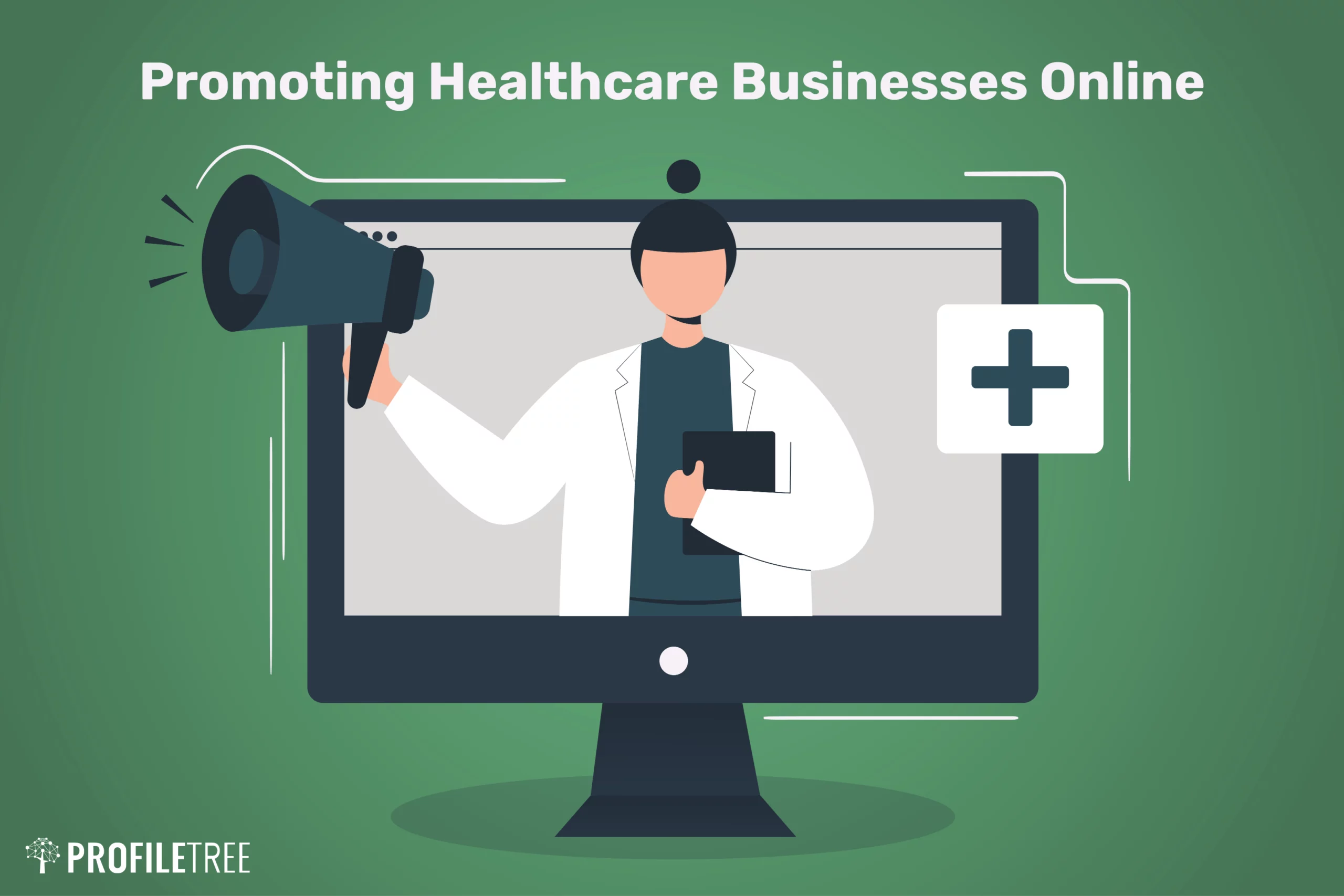Unlocking the Tricks of Subscription Based Healthcare for Better Patient Outcomes
Unlocking the Tricks of Subscription Based Healthcare for Better Patient Outcomes
Blog Article
The Increase of Subscription-Based Healthcare and Its Effect On Patient Care
As healthcare develops, the subscription-based design is acquiring traction, promising to revolutionize individual care by offering predictability and availability. The capacity for these versions to reshape health care distribution raises pressing inquiries regarding their long-lasting sustainability and inclusivity. Are these subscription solutions the future of medical care, or do they run the risk of leaving vulnerable populaces behind?
Recognizing Registration Medical Care Versions
Grasping the principle of membership medical care designs includes examining a transformative method to medical services that highlights cost and ease of access. These versions, frequently described as straight health care (DPC) or attendant medicine, have become innovative alternatives to typical fee-for-service healthcare systems. Registration health care allows patients to pay a set regular monthly or annual fee for a specified collection of clinical solutions, which may consist of limitless office visits, regular examinations, and standard lab examinations, without the demand for typical insurance policy invoicing.
The structure of membership medical care versions is created to enhance individual treatment by getting rid of third-party payers and complex invoicing codes, consequently minimizing management burdens. Medical care companies can concentrate extra on patient treatment, promoting stronger patient-provider partnerships. This model likewise advertises preventative treatment by encouraging regular visits, as the monetary challenge of per-visit fees is gotten rid of.
The registration design typically empowers health care providers to manage smaller sized patient panels, permitting more personalized treatment. It straightens financial rewards with patient health outcomes, as service providers are inspired to maintain individual fulfillment and health. On the whole, comprehending subscription healthcare designs calls for identifying their possible to reshape exactly how treatment is provided and accessed.
Benefits for People and Providers

With a consistent revenue stream, healthcare specialists can devote even more time to each individual, leading to a more thorough and customized treatment experience. The focus on preventive treatment within subscription strategies can lead to much better patient results and decreased lasting healthcare prices.
Challenges and Problems
While subscription-based health care designs present various benefits, they also come with a collection of obstacles and worries that need to be attended to. This increases moral inquiries concerning fair accessibility to medical care solutions.
Financial sustainability of subscription-based designs is an additional worry. Service providers must stabilize the fixed earnings from memberships with the variable expenses of healthcare solutions, which might change because of unanticipated medical requirements. This can produce stress to restrict services or increase costs, potentially influencing individual contentment and care high quality.
Moreover, governing oversight of subscription-based health care models is still progressing. Resolving these obstacles is important for the successful and equitable application of subscription-based medical care.
Effect On Patient-Doctor Relationships
One significant effect of subscription-based health care designs on patient-doctor connections is the capacity for improved continuity and personalized care. By embracing a membership version, physicians can manage a smaller client panel, enabling more specialized time with each individual. This increased accessibility promotes a deeper understanding of a person's case history, way of living, and choices, enabling more tailored therapy plans and treatments.

Nonetheless, it is essential to recognize that while subscription-based models might profit those that can afford them, they can accidentally expand medical care variations. Patients that are not able to take part in these models could experience lower accessibility internet to customized treatment, potentially impacting their relationships with health care suppliers. Thus, while the subscription design offers encouraging advantages for patient-doctor partnerships, it likewise poses obstacles that need to be resolved to make sure equitable health care access.
Future of Medical Care Accessibility

The function of modern technology can not be forgotten in this change. Telemedicine platforms and electronic health documents promote seamless communication in between people and healthcare companies, damaging down geographical and logistical barriers. Additionally, developments in expert system and information analytics can further personalize treatment by anticipating individual demands and optimizing therapy strategies.
Nonetheless, the future explanation of health care gain access to additionally provides difficulties, such as guaranteeing equity throughout various socio-economic groups. Policymakers and doctor must team up to bridge the digital divide, guaranteeing that subscription-based models continue to be budget-friendly and inclusive. As these systems mature, they hold the promise of making medical care a lot more available, efficient, and patient-centric.
Conclusion
Subscription-based medical care models are reshaping client treatment by giving a stable cost structure and boosting availability. The increase of subscription-based medical care urges proactive client interaction, which has the prospective to enhance individual end results and contentment, signifying a transformative change in healthcare delivery.
As healthcare evolves, the subscription-based model is acquiring traction, promising to revolutionize patient care by offering predictability and accessibility.Subscription-based medical care versions supply distinctive benefits for both clients and carriers, boosting visit their website the total medical care experience.As medical care systems progress, the future of healthcare gain access to often hinges on the combination of ingenious versions and innovations.Subscription-based healthcare versions are improving client care by offering a steady cost framework and enhancing accessibility. The rise of subscription-based medical care encourages aggressive person involvement, which has the potential to boost client results and fulfillment, signaling a transformative change in health care distribution.
Report this page